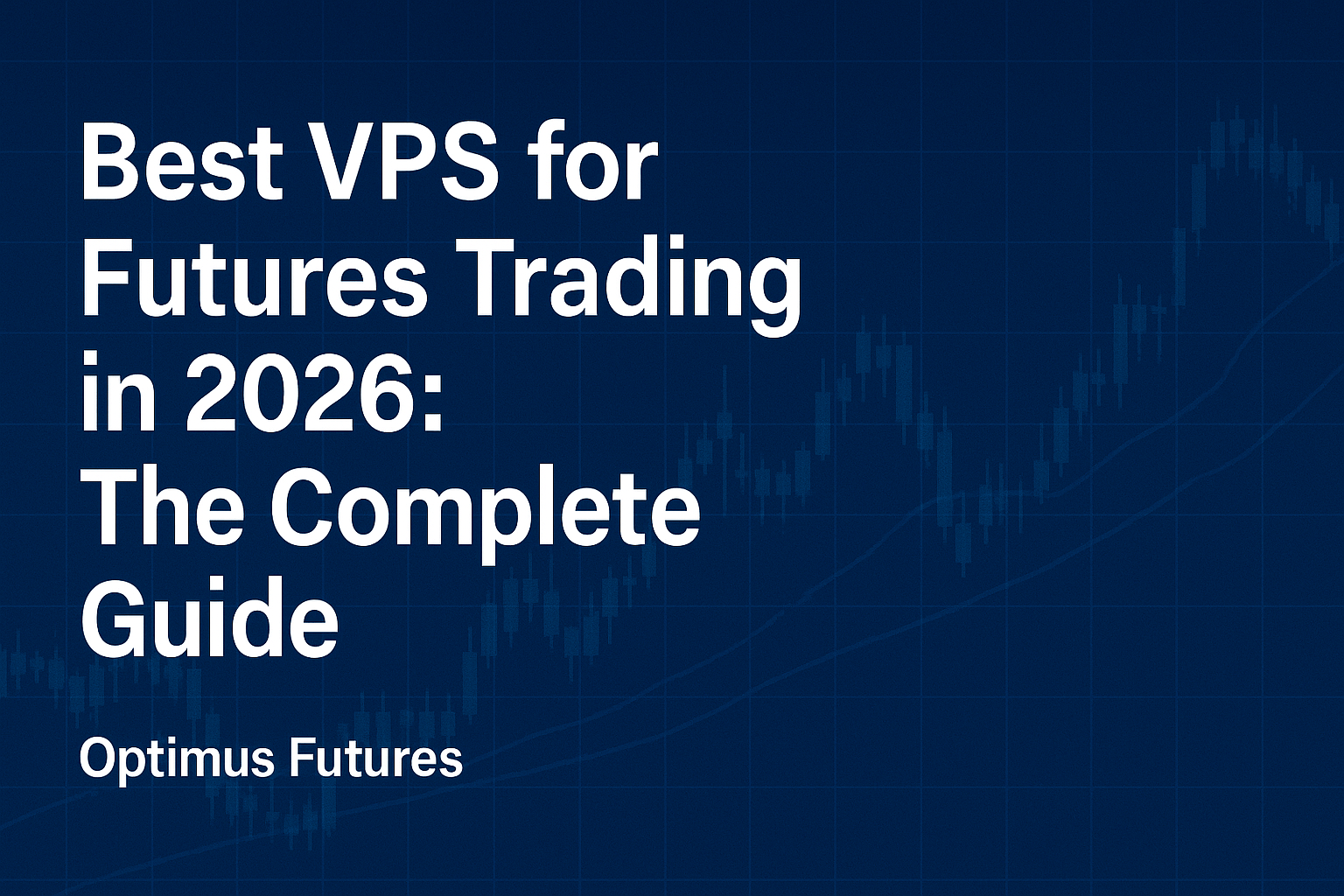Losing streaks happen to every futures trader. However, Variance drives trading performance and influences the way traders think and act. Variance means account volatility, and it describes how the outcome of your trades impact your account development.
In trading, results can’t be forecasted, and you will never know when you enter a winning or losing streak, or how long it will last once you are in it. Therefore, understanding variance and how wrong assumptions can lead to significant underperformance is of great importance to traders.
Gambler’s fallacy
The gambler’s fallacy describes a phenomenon when people misjudge the likelihood of events. If something happened more frequently than you’d expect it to happen under normal circumstances, people then mistakenly believe it’s going to happen less often in the near future.
For example, if you play roulette and red come up four times in a row, you probably believe that seeing black has a higher chance on the next spin since it is “overdue.” Or, if you flip a coin and it comes up heads three times in a row, is it more likely to see tails on the next flip? Of course not.
It is important to understand that each event is independent of the outcome of the previous one; the previous roulette spin does not influence the next one, and the last coin flip does not change the 50-50 chance for the next flip. Each event is unique and has to be seen as such.
Now let’s see what this means for traders.
Losing streaks – how traders enter the downward losing spiral
There are two problems when traders enter losing streaks:
Being too fearful and not fully capitalizing on the next trading opportunity
Being overly aggressive and expecting the streak to end
Both problems have their root in a wrong understanding of variance and independence. A trader who assumes that after five losses in a row, a winning trade is “overdue” will be too optimistic and thus risk too much on his next trade. On the other hand, a trader who believes that his losing streak will continue will miss profitable trading opportunities and worsen his drawdown.
In trading, consistency is key. Although it’s often easier said than done, you have to keep executing trades as you see them. The trader who misses a profitable trade in the middle of a losing streak will end up being even more frustrated and then enter prematurely on the next signal. This leads to the emotional downward spiral many traders are so familiar with.
Winning streaks – how long will they go on?
Winning streaks feel great, but making wrong assumptions about winning streaks can easily throw you back, and you end up giving back all profits. The main problem traders usually face during winning streaks is overconfidence. Once you start believing that you “can feel” or have a “gut feel” for the next market move, your discipline level drops and a trading disaster is inevitable. The next loss will come sooner or later – typically sooner for the overconfident trader.
Again, consistency is what will keep you from making mistakes. You should create a set of rules for your risk management and be clear how much you risk per individual trade. Along with your regular checklist, you can avoid a lot of impulsive mistakes and unforced errors.
Making better trading decisions
Deeply understanding how variance, independence, and the gambler’s fallacy works are the key to a stable account development. Missing out profitable trades during losing streaks often leads to worsening circumstances and an extended losing streak. Each trade is unique, and the previous outcome should never influence your future decisions.
Rules are the easiest way to avoid account volatility and impulsive trading decisions. Working with a checklist can eliminate a lot of subjectivity from your trading. A checklist can help traders develop confidence during losing streaks and avoid sloppy trading during winning streaks. Along with fixed position sizing and rigid money management rules, traders can potentially avoid many of the common problems that lead to costly mistakes.
There is a risk of loss in futures trading. Past performance is not indicative of future results.




